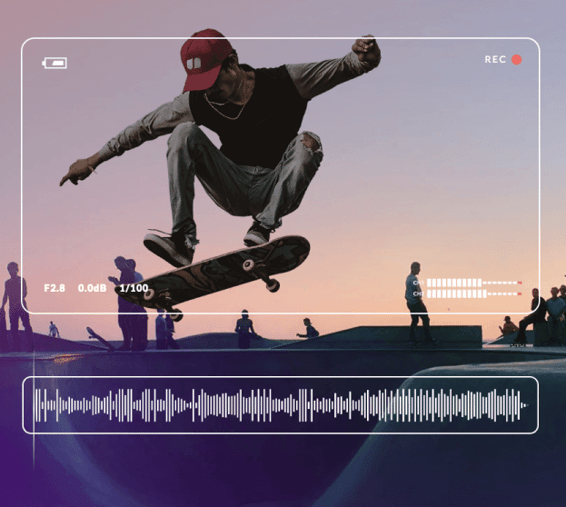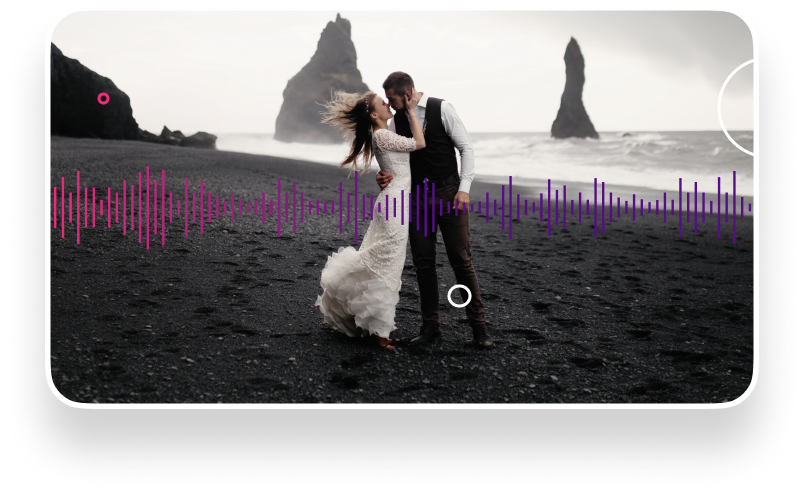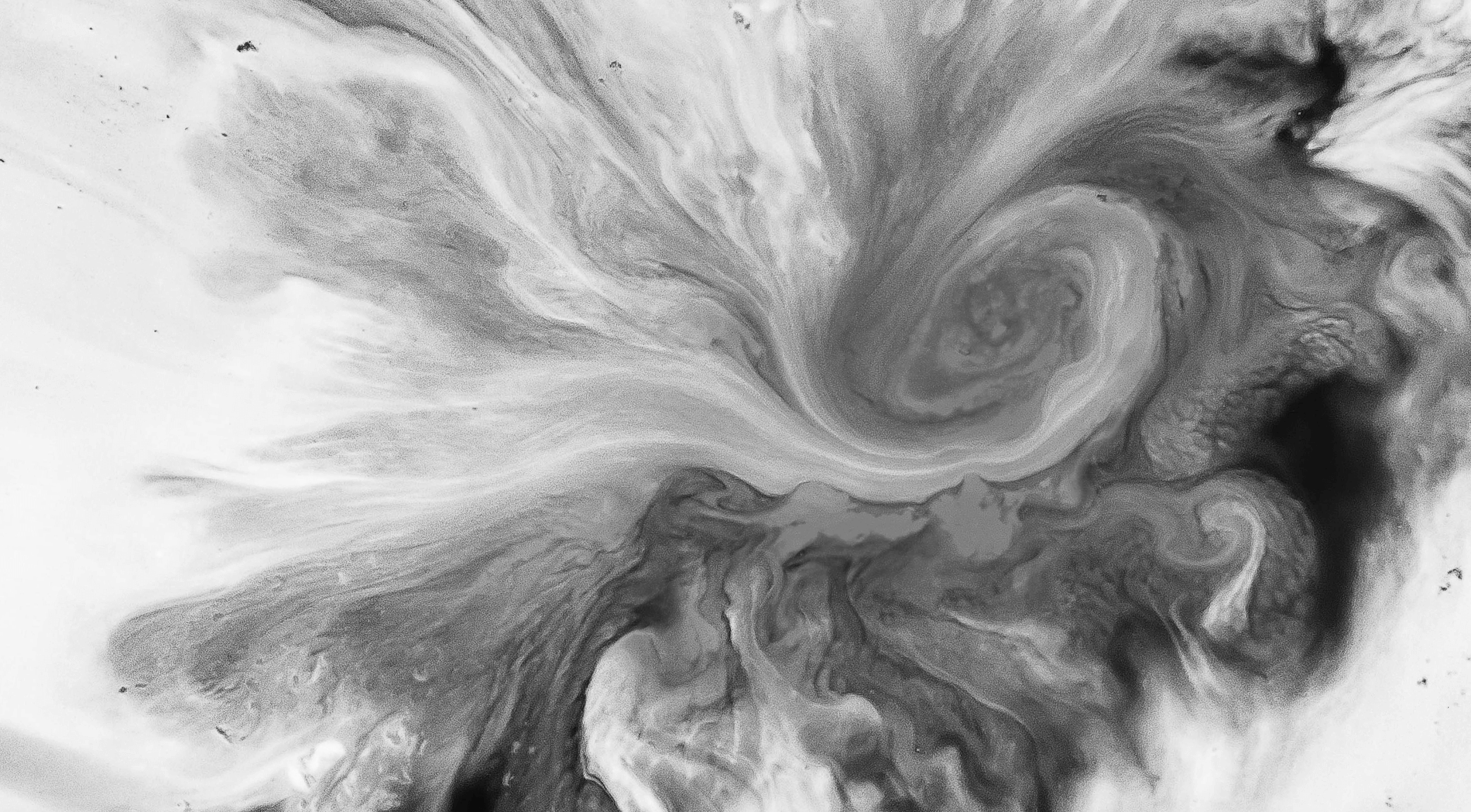Welcome to Outstanding
Foley Sounds






Listen to our Best Foley Sounds
We know the right effect can make or break your project. That’s why every file in our library is vetted by award-winning producers. Hear for yourself. We've curated a playlist with our best foley sounds.
Looking for something different?
We got you. From classical to hip hop to indie, our audio library contains thousands of outstanding tracks. Use one of our 13 filters or check out other curated playlists to find what you need in minutes.
BROWSE THE FULL CATALOG
Dead Simple Licensing
Never worry about licensing again. With Soundstripe, your membership covers the cost for every song license. Just find the right track, download the file, and get a custom license. That’s it. No channel or media-specific fees, no recurring royalties, ever. Here’s more good news: you have unlimited licenses. Go ahead, download as many songs as you want.
The Art Of Foley Sounds For Film And Video
Filmmaking is about more than just innovative cinematography and clever scriptwriting. Creating video content — whether that’s a movie, a vlog, or a commercial — demands that filmmakers understand their art, inside and out. And that “art” consists of a lot of moving parts.
One part that we sometimes overlook is audio. No, we don’t mean dialogue or voiceover pickups. We don’t even mean grabbing background audio from a set or location.
We’re talking about Foley sounds, i.e., sound effects produced and recorded by people for use inside a film.
You could make the argument that sound design is as important (and possibly even more important) than the visual elements of a video.
But before you grab your torch and pitchfork, let’s explore the literal magic of how sound affects our perception of visual experiences.

What Are Foley Sounds?
At the absolute most basic level, filmmaking is about tricking an audience into accepting something as real — to suspend their disbelief.
And sound design plays a big role in how our brains absorb, process, and connect with videos, which filmmakers like Steven Spielberg use to perfection:
Sound design is how we — as viewers — take in and evaluate things that our other senses tell us. And that means it is vitally important to how master storytellers draw us into a movie.
Well, Foley sounds are the pinnacle of that process.
It’s a curious field. Basically, during the post-production process, sound designers will lock themselves in a room with a random assortment of tools, foods, household objects, industrial items, etc. They’ll watch a cut of the film, then use their collection of goodies to try and create sounds that match what’s on screen.
Sometimes, that’s punching oven mitts into salt to sound like boots in snow. Other times, it’s combining sheet metal and a turkey baster to sound like some terrifying alien. Foley artists are master inventors, creating (or recreating) sounds with the most bizarre tools available.
Of course, you might also think of them as the crazy people shouting on a soundstage, ordering 27 different door knockers, or dancing around with buckets strapped to their feet. A big part of Foley work is thinking outside the box and imagining (and remembering) the sounds of random objects.
The job is noisy, messy, and maybe just a little bit crazy. But it’s hard to imagine our favorite movies, shows, and video games without the level of immersion we get from sound effects. And sound designers use the Foley artform to bring it all to life.
The Origin Story Of Foley Sounds
Foley sound design began way back in the 1920s as a means of adding a realistic “backtrack” for radio dramas. And when Universal Studios began production on The Jazz Singer — the first film that included sound — they started looking for radio sound engineers to help.
Enter Jack Foley.
Back in the early days of film, microphones could barely pick up dialogue, let alone background audio. If you’ve ever watched movies from that era, you’ll understand how minimalist the sound tends to be.
However, the reliability of those mics meant any other audio would have to be added after the fact, leading to artists like Foley thinking about ways to recreate sound to match the visuals.
(If you’re curious, this short documentary takes a deeper dive into Foley’s background and how his experimentation helped shape an entire industry.)
To make that even more complicated, these artists didn’t have the benefit of digital recording and mixing like modern sound engineers. Foley and other sound designers would record a single track of audio for entire films, which required multiple engineers working together in a small space.
Every noise would become part of the movie, which meant the sounds had to be perfectly synchronized with the visuals for the entire project. And while that limited the types of sounds they could produce, these early techniques became the foundation for sound design across the entire filmmaking industry.
Are Foley Sounds Still Used In 2020?
Of course, everything about filmmaking has evolved over the past 50 years. The days of single track recordings are long gone, and sound designers have the benefit of digital audio workstations (DAWs) and being able to experiment with strange, ethereal noises that would have been impossible for Jack Foley and his cohorts.
This video breaks down the specifics of Foley work, including how the sounds are created. More importantly, it shows just how integral these effects are to how we experience a film or video.
And Foley sounds aren’t limited to adding in another layer of immersive storytelling. In fact, some of the most common uses for Foley artists are things that we wouldn’t expect.
One particularly valuable use of Foley work is when it comes to films distributed to an international audience. Anything shot on set will get picked up by the microphones. In some cases, that’s a good thing. In other cases, not so much.
Directors usually want ambient sound, creaking floors, and distant car horns as part of scene-setting. It’s the stuff that happens behind dialogue, under the soundtrack, or sometimes as a way of transitioning.
But what happens when the dialogue gets dubbed into German? What happens when an airplane flies overhead but no one hears it until they review the video that night? And what about when pickups take place weeks or months later in a studio rather than on set?
The mics used on-set captured all of the sound for the take. In most cases, that is convenient. But that also means that changes to one audio layer affect all the others, and these changes usually happen after principal photography wraps and the cast and crew move on.
A film crew’s sound team might do everything they can to cover their bases, but no one is perfect. And in big-budget productions, things change so often that there’s no way to prepare for every complication or request. (The fact that modern Foley artists work remotely in home studios only add onto their importance.)
There’s no doubt that Foley artists are just as valuable now as in Jack Foley’s day. And while the tools of their trade have evolved along with the rest of the industry, that skillset has only become more important in the digital era.
And Foley sounds aren’t limited to Hollywood. Any content creator can create sound effects for any film or video project. While we might not all be cut out for the sound designer lifestyle, we can only become better filmmakers by understanding the value and history of Foley artists.
Using Foley Sounds For Video
Sound effects can be just as beneficial in your next vlog post, tutorial video, or broadcast commercial. In fact, Foley sounds are created for Hollywood productions, but the artform — the practice of using physical objects to produce unique sounds — is something that sound designers still do.
Soundstripe has a library with over 55,000 sound effects that cover every sort of sound, from organic recordings to processed files. And now that you’ve seen how valuable sound effects can be in videos, you also know that finding a good library (with a lot of different sounds) can take your filmmaking to the next level.


Have questions? Give us a call
855.224.0847
Soundstripe - Unlimited Music for Video
© 2017-2020 A Product of Soundstripe, Inc
Nashville TN




